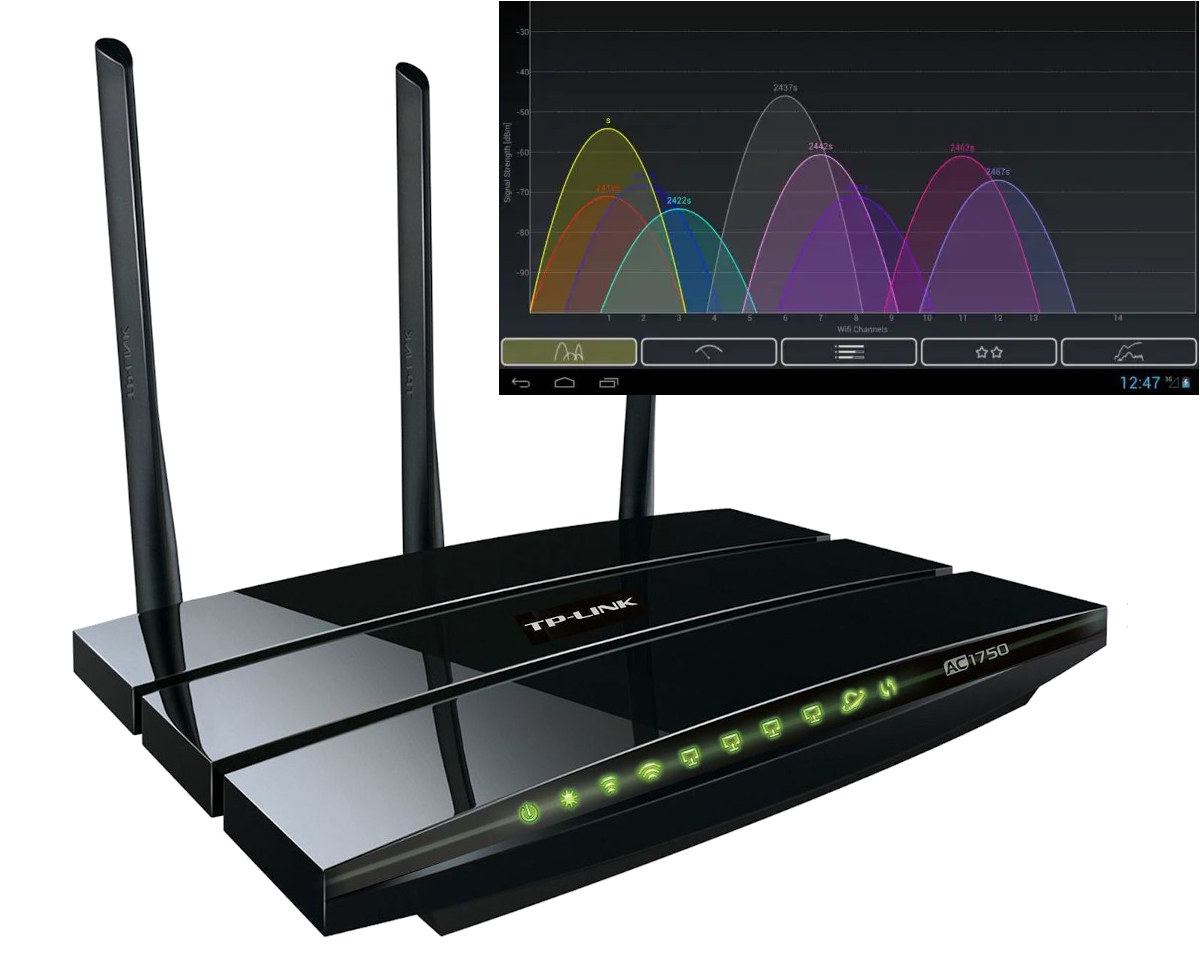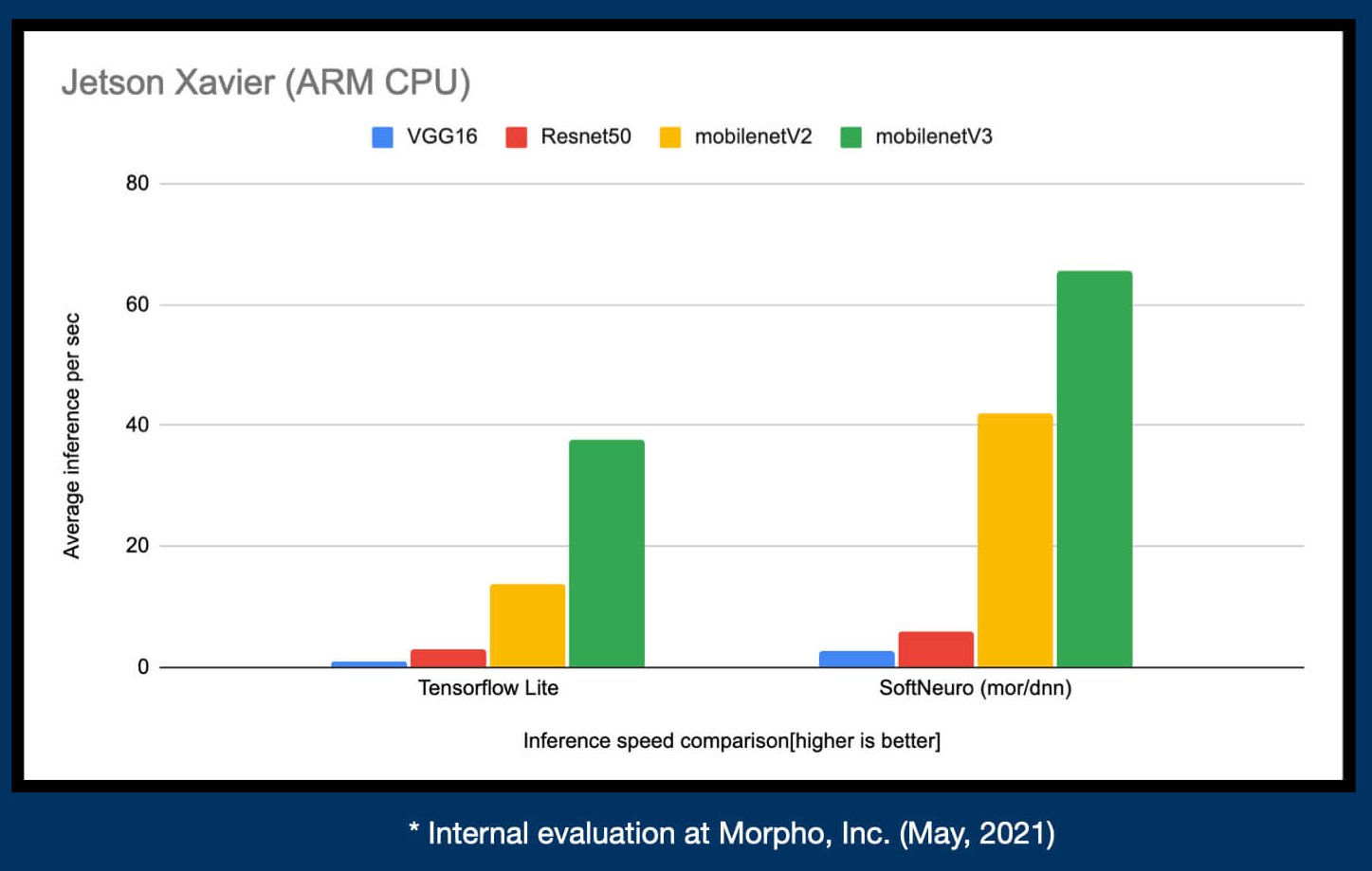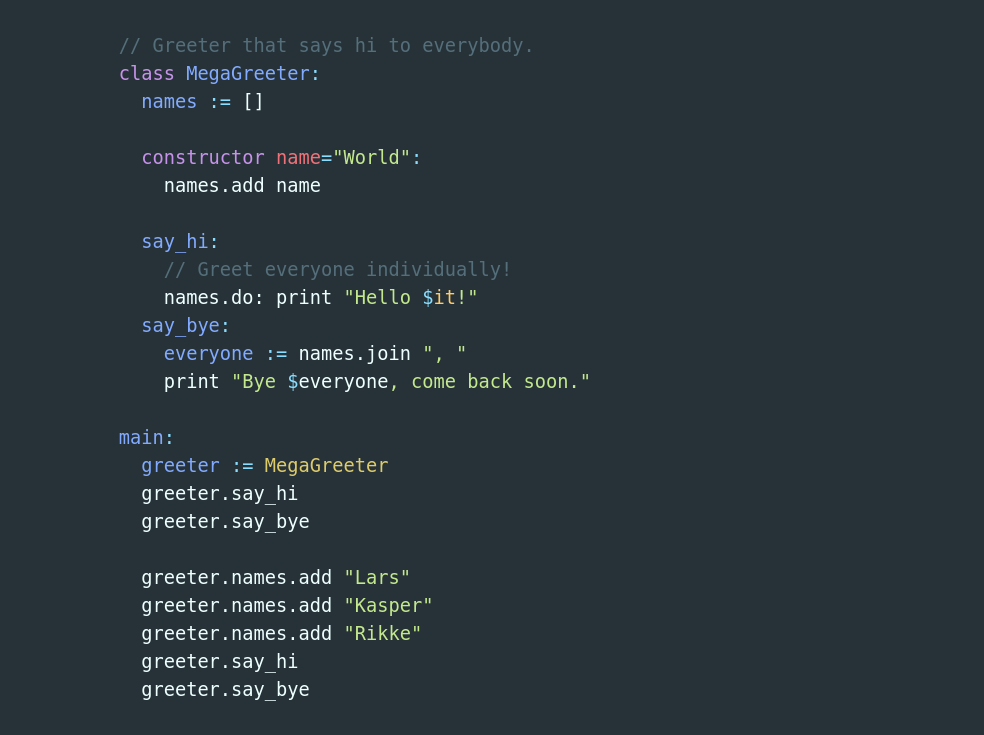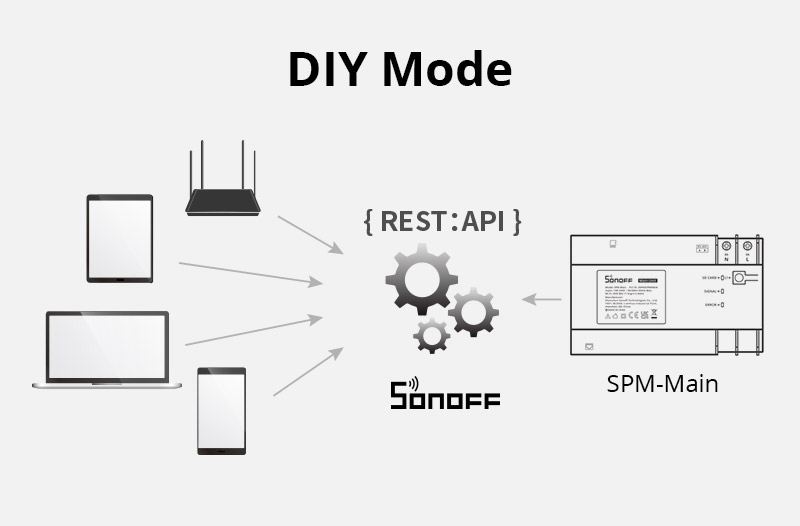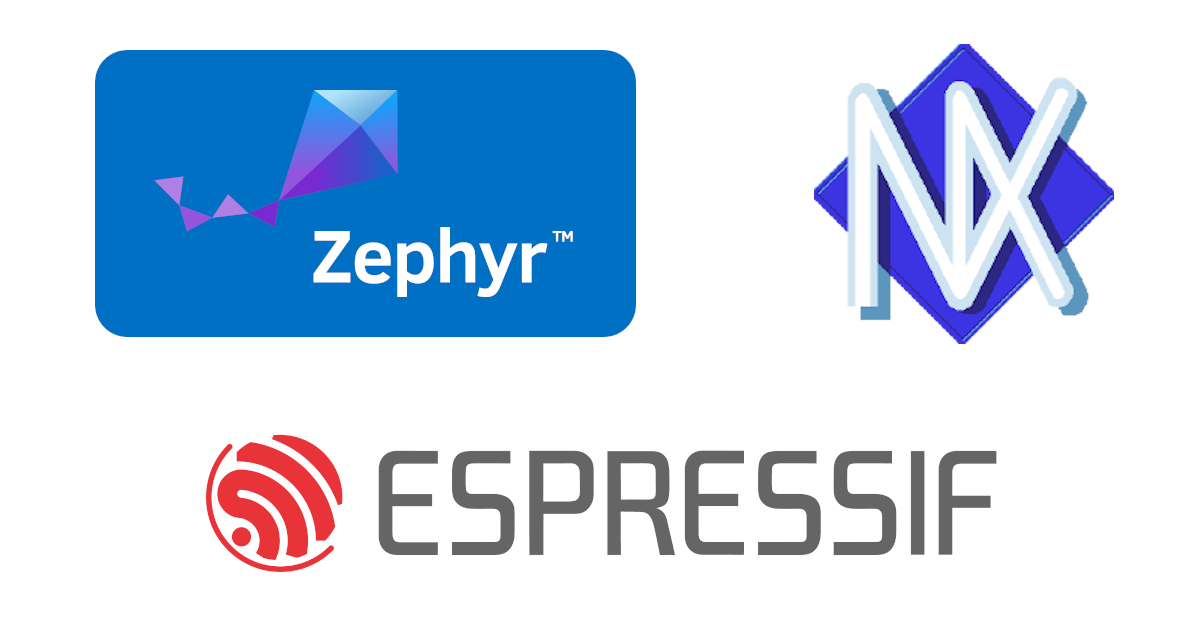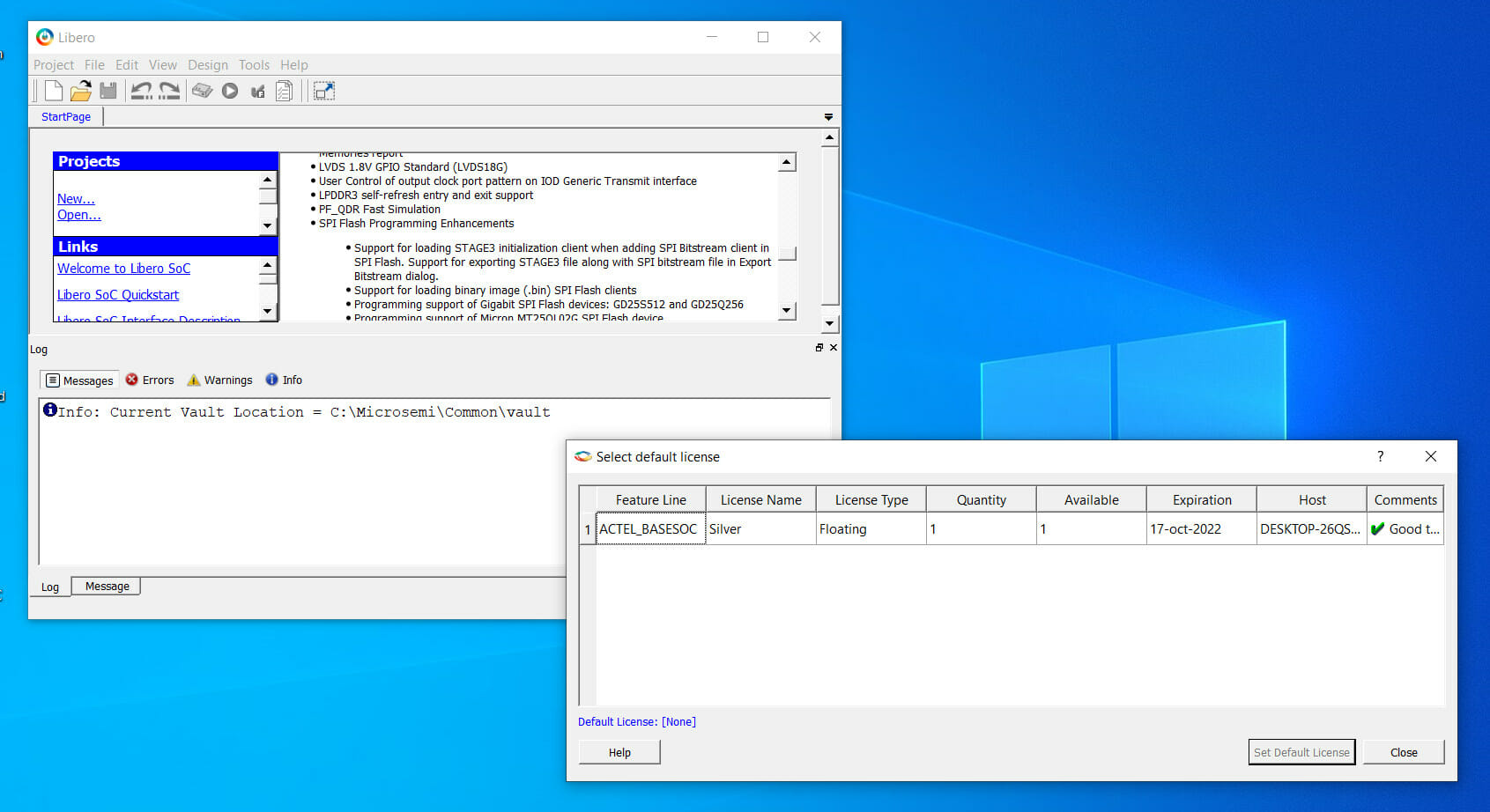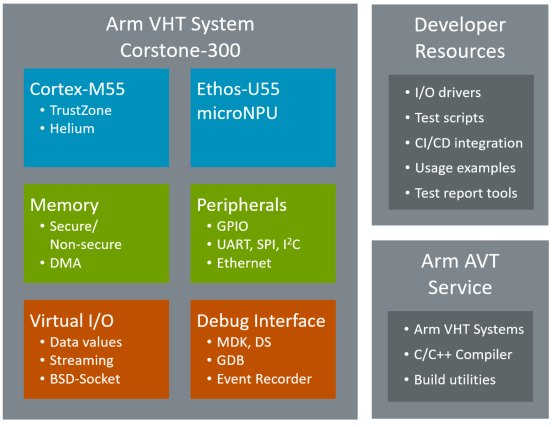The Linux kernel takes around 5 minutes (without modules) to build on an Intel Core i5 Jasper Lake mini PC with 16 GB RAM and a fast SSD based on our recent review of Beelink GTi 11 mini PC. Kernel developers may have to build for different targets and configurations, plus all modules so the build times may add up. While it is always possible to throw more hardware to quicken the builds, it would be good if significantly faster builts could be achieved with software optimizations. That’s exactly what Ingo Molnar has been working on since late 2020 with his “Fast Kernel Headers” project aiming to eliminate the Linux kernel’s “Dependency Hell”. At the time he aimed for a 20% speedup, but a little over one year later, the results are much more impressive with 50 to 80% faster builds depending on the target platform (x86-64, arm64, etc…) and […]
(Some) TP-Link routers enable hidden networks by default. Is that an issue?
There are plenty of security issues with many routers including firmware that is seldom upgraded, opened (telnet) port with the default password, and the list could go on. But Jahed Ahmed recently wrote about an issue I had not heard of before: his TP-Link router shows two hidden networks in 2.4 GHz and 5 GHz bands that he only discovered after running WiFi Analyzer on his phone. He did not enable those networks, so that was the default configuration from the firmware. That could potentially pose a security risk, contributes to WiFi spam, and Jahed also mentions a waste of energy although the extra power consumption is probably limited, even when scaled to millions of users. So why is TP-Link doing this? Apparently for their OneMesh mesh wireless network system and device including range and powerline extenders that users may want to use. Other users have been reporting this issue […]
Download a free trial of the SoftNeuro Deep Learning SDK for Intel and Arm targets (Sponsored)
Morpho, a global research & development company established in Japan in 2004 and specialized in imaging technology, is now offering a free trial for the SoftNeuro deep learning SDK working on Intel processors with AVX2 SIMD extensions, 64-bit Arm targets, while also leveraging OpenCL and/or CUDA. Some of the advantages of SoftNeuro are that the framework is easy to use even for those without any knowledge about deep learning, it’s fast thanks to the separation of the layers and their execution patterns, and it can run on several different hardware and OS being cross-platform. SoftNeuro relies on its own storage format (DNN format) to deliver the above advantages. But you can still use models trained with any mainstream deep learning framework. TensorFlow and Keras models can be directly converted to the DNN format, while models from other frameworks can be converted first to the ONNX format and then to the […]
Toit open-source language claims to be 30x faster than MicroPython on ESP32
Developed by a team of former Google employees, Toit is a complete IoT platform with remote management, firmware updates for fleets of devices with features similar to the one offered by solutions such as balena, Microsoft Azure, or Particle edge-to-cloud platform. Toit currently works on ESP32 microcontrollers using lightweight containers, and after seeing existing high-level languages MicroPython and Javascript were not fast enough on low-end microcontrollers platforms, the team at Toit started to develop the Toit language in 2018, and has just made it open-source with the release of the compiler, virtual machine, and standard libraries on Github under an LGPL-2.1 license. One of the main reasons to switch from MicroPython to the Toit language is if your application is limited by performance or you operate ESP32 from a battery, as Toit claims up to 30x faster performance with Toit on ESP32: We went into crunch mode and some months […]
SONOFF releases HTTP API for SPM-Main power meter
SPM-Main is the main unit of Sonoff Smart Stackable Power Meter using RS485 to provide up to 128 relays. Besides support for the eWelink mobile app, we were promised an HTTP API at the time of the launch in September 2021. ITEAD kept its promises and has now released the HTTP API for the SPM-Main smart power meter to allow IoT home automation users and developers to control SONOFF devices via existing home automation open-source platform or local HTTP client. It’s the same REST API used for SONOFF MINI & R3 smart switches, but it adds support for power monitoring as well. The API allows you to switch between eWelink and DIY modes as needed, and provides the following functions: Device Status Broadcast – Returns the switch status of all channels with current, voltage, power, overload status, RS485 communication status, and more Get the List of Sub-device – List of […]
Status of Zephyr and NuttX RTOS support for ESP32
Espressif has recently announced that both Zephyr and NuttX open-source real-time operating systems had gotten official support for the ESP32 series of WiSoCs. It’s been a long time in the making, and when I first tried the community developer port of Zephyr OS on ESP32 in 2018 it did not work well at all, and I could not even make the blink LED sample work on Wemos Lolin32 board, and the WiFi sample would not even build. But time has passed, Espressif Systems started to officially work on Zephyr in 2020, and now I/Os, WiFi, and some other features work on Zephyr and NuttX RTOSes. Zephyr on ESP32 We first wrote about the Zephyr Project in 2016 describing the OS as follows: Zephyr Project is a lightweight real-time operating system (RTOS) designed for IoT applications and comprised of a microkernel for lower priority tasks, as well as a nanokernel to […]
My experience installing Libero SoC in Ubuntu and Windows 10
A few weeks ago, I received Microchip PolarFire SoC FPGA Icicle Kit with FPGA fabric and hard RISC-V cores capable of handling Linux. I wrote “Getting Started with Yocto Linux BSP” tutorial for the board, and I had initially titled the current post “Getting Started with FPGA development using Libero SoC and Polarfire FPGA SoC”. I assumed I would write one or two paragraphs about the installation process, and then show how to work with Libero SoC Design Suite to create an FPGA bitstream. But instead, I spent countless hours trying to install the development tools. So I’ll report my experience to let readers avoid some of the pitfalls, and hopefully save time. (Failing to) Install Libero SoC v2021.v2 on Ubuntu 20.04 If we go to the download page, we’ll see Libero SoC v2021.2 for Windows and Libero SoC v2021.2 for Linux. Since my computer is running Ubuntu 20.04, I decided […]
Cortex-M55 based Arm Virtual Hardware is now available in AWS Cloud
The Arm DevSummit 2021 is taking place on October 19-21, and the first announcements from Arm are related to IoT with “Arm Total Solutions for IoT delivering a full-stack solution to significantly accelerate IoT product development and improve product ROI”, “Project Centauri” aiming to achieve for an extensive Arm Cortex-M software ecosystem in the way that Project Cassini does for the Cortex-A ecosystem, starting with support for PSA Certified and Open-CMSIS-CDI cloud-to-device specification, and Arm Virtual Hardware based on Corstone-300 IoT platform with a Cortex-M55 MCU core and an Ethos-U55 microNPU accessible from Amazon Web Services. The first two are quite abstract right now, and more information may become available in the future, but the Arm Virtual Hardware is available now from AWS as a public beta, with 100 hours of free AWS EC2 CPU credits for the first 1,000 qualified users. The virtual hardware does not emulate only the […]



